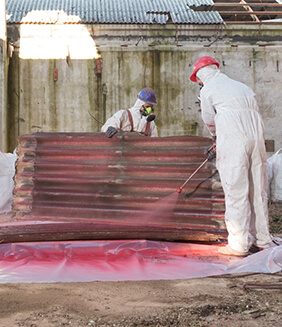Can Asbestos Be Recycled? Short Answer: Yes.
Asbestos can be recycled, but not in the way you would recycle paper or plastic. This type of recycling uses high temperatures to change asbestos fibers into glass or ceramic fibers that are safe to use for other purposes.
If asbestos is in your home, contact professionals that are properly trained to dispose of it. Do not try to remove or recycle asbestos yourself. This can disturb asbestos fibers and put you at risk of mesothelioma and other asbestos-related diseases.
How to Recycle Asbestos
Asbestos recycling must be performed by companies that have been approved to do so by the Environmental Protection Agency (EPA).
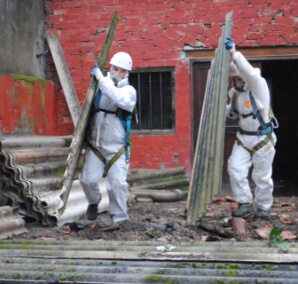 To recycle asbestos, professionals:
To recycle asbestos, professionals:
- Remove the asbestos-containing material from a home, ship, or vehicle
- Wash the asbestos in a hot solution of sodium hydroxide followed by acid to dissolve the fibers
- Heat the solution to 2282 degrees fahrenheit (which changes the asbestos into glass)
- Recycle the glass or ceramic
Benefits of Asbestos Recycling
Saves Space
Asbestos is usually sealed and buried in landfills, not recycled. As landfills run out of space, burying large amounts of asbestos is becoming a problem.
Creates New Products
The glass produced from asbestos recycling can be used to make roads and construction materials. Selling this glass also helps lower the costs of asbestos recycling.
Lowers the Risk of Asbestos Diseases
Recycled asbestos-containing products no longer contain the toxic mineral. In turn, people who use recycled asbestos glass are not at risk of mesothelioma or other diseases.
Handling damaged asbestos-based products can lead to:
- Mesothelioma: deadly cancer only caused by asbestos exposure
- Other cancers: ovarian cancer or lung cancer
- Asbestosis: life-threatening irritation and scarring of the lung lining
- Pleural effusion: painful fluid buildup in the lung lining
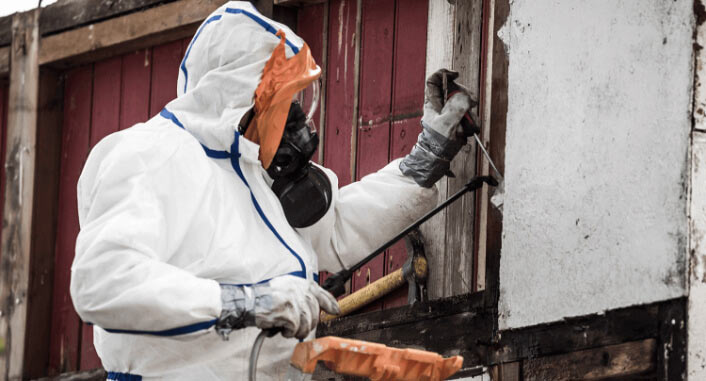


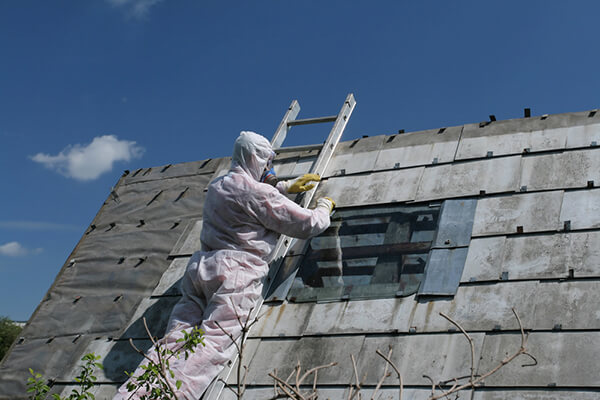
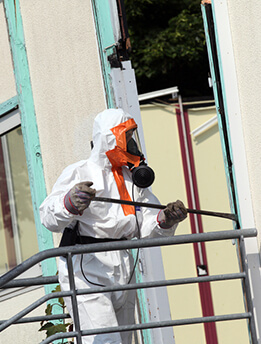 Testing your home for the presence of asbestos can help you avoid being exposed.
Testing your home for the presence of asbestos can help you avoid being exposed.